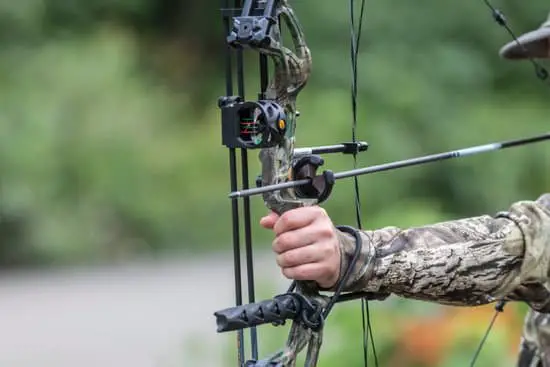For many people, archery is a hobby that they do for fun. However, when it comes to hunting or other professional purposes, an untuned bow can have disastrous consequences. This blog post will discuss why you should be wary of shooting arrows out of an untuned bow and what the results could be.
Bow and arrows are designed to work in tandem, so the bow needs to be tuned for optimal performance. An arrow shot from an untuned bow will also lose energy quicker, be more affected by wind, can get have an erratic flight, and not penetrate as well.
How does a poorly-tuned bow affect whether or not you hit your target?
Arrows can miss the target if they’re not shot with enough power. Poorly-tuned bows have less power and may even cause arrows to go in a different direction than intended
What are some consequences of shooting an arrow out of an untuned bow?
If you shoot an arrow from an untuned bow, it won’t fly as straight or far. The result could be missing your target completely or hitting unintended targets that were never within sight
Poorly tuned bows often don’t produce enough kinetic energy for their projectiles (arrows), which means that more time is spent drawing back the string instead of sending the projectile towards its desired destination, making these types of weapons relatively ineffective at long range
Without proper tuning, better equipment will not be utilized to its fullest potential
What are some ways that a bow can be tuned?
A well-tuned bow is one where the string and limbs of the weapon have been adjusted so as to produce maximum energy at release. This will help give arrows more power, velocity, accuracy, and distance than they would otherwise possess.
Archers, here are 12 simple steps to tuning your bow yourself without any trouble. When you buy a new one though, it is best not to do so right away because the strings will stretch as they break in and adjust for the individual archer’s strength while shooting every day after that. The same goes with string replacement or addition: wait until you have broken it in before changing anything out if possible – that way there won’t be any wear-and-tear on either of them!
Mechanical release arrows are subject to a vertical force, which can only be counteracted by an arrow rest that has been designed with horizontal and vertical tension. Finger shooters often use the corner of their mouth to draw back on the bowstring while shooting mechanical releases. The best bows have some kind of adjustment for string length so users know what they’re working with when using a release; you should always make sure your setup is compatible before attempting to shoot without an arrow in place as this could result in injury from misaligned equipment or lost limbs due to over-drawing accidents.
Proper setup on a peep sight is one of the easiest and most overlooked aspects of bow tuning. Never shoot a bow without tying the peep into place. Safety glasses should always be worn when adjusting your Peepsight, which will help to protect you from any accidental eye injuries that might occur while making adjustments to it.
The first step in setting up your new archery equipment for shooting is determining if there are problems with how smoothly arrows push away from the string after they have been shot out by pressing down gently on either side of where an arrow would intersect with the backside (back seven or eight inches)of it while wearing safety glasses so as not to inadvertently get hit by broken pieces flying off at high speeds!
Paper tuning is a great way to see the flight of an arrow. To set up your tiller, just stretch a string between two axles and measure from where it joins the bow’s limbs to this point on the string. If you find that tear has gone vertical or at an angle, adjust nock position first before adjusting anything else with paper tuning – if you go wrong in either direction then all will be revealed!
The paper tuning technique is done to calibrate the bow sight, but it’s a lot more complicated than just shooting arrows. To start off with, you need to make sure you’re firing at your target using eye level and not from an elevated vantage point.
Next up, one of the most important parts – making sure that when you shoot through cardboard or anything else on which there are small holes punched in it (i.e., for example, standard copy machine paper), your arrow passes cleanly through without hitting any edges which would throw off its trajectory before piercing into whatever material lies beneath this protective layer of cardstock/whatever other surface upon which we test our bow sight accuracy via perforations strategically cut out by folks who know what they’re doing.
To properly tune a bow, it will take at least one day — probably more. But the benefits are worth it! When that big buck walks out of his hiding spot to reveal himself, you’ll be ready with an arrow in your hand and have avoided all those days spent looking for him or waiting around hoping he would eventually show up.






